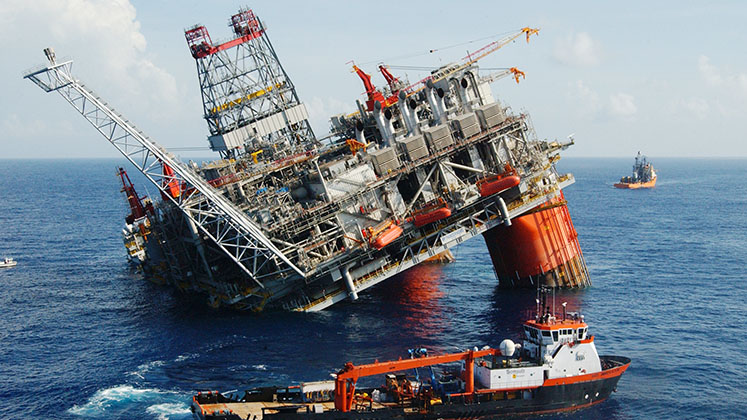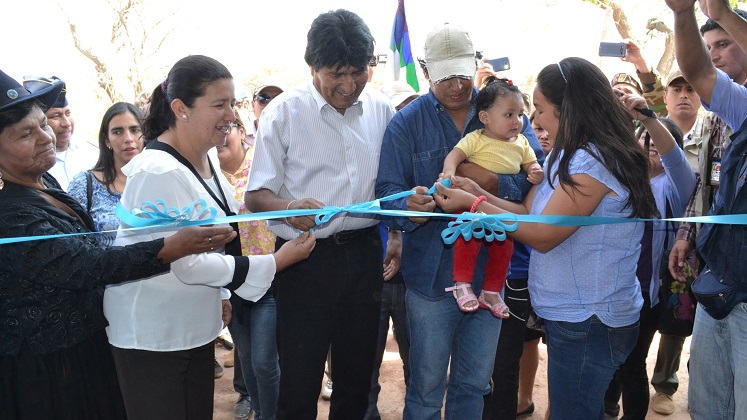Almost thirty years from the first Summit of the Americas, rather than ambitious statements on policy objectives, what captured headlines on this occasion was confusion over invitations and the event’s agenda. US leadership has decreased steadily, and one explanation might be that their priorities simply lie outside of the Americas, as Quintijn Kat (Ashoka University) illustrates.
Last week, Western Hemisphere leaders gathered in Los Angeles for the ninth Summit of the Americas (SoA). It was the first US-hosted summit since 1994, giving Washington a golden opportunity to unite the continent under US leadership. However, achieving significant results was never going to be an easy task. The continent is divided and lacks strong and coherent interlocutors for Washington to work with. But with an array of regional issues requiring policymakers’ attention—public health and post-covid-19 recovery, climate change, democratic backsliding, migration—the summit provided a good opportunity for the United States to demonstrate its worth.
Nonetheless, US leadership was hard to discern in the run-up to last week’s event. Rather than ambitious statements on policy objectives, what captured headlines was confusion over invitations and the event’s agenda. One explanation might be that US priorities simply lie outside of the Americas. Tellingly, in a one-hour public ‘conversation’ on the Biden administration’s foreign policy held less than a week before the start of the summit, US Secretary of State Anthony Blinken did not mention Latin America even once. Preoccupied with Russian aggression in Europe and growing Chinese dominance in Asia, the US-organized summit did not feature among the event’s discussion topics.
This analysis leaves out one crucial aspect: leadership is a two-way street. It requires a leader and willing followers, a feature not easily found in today’s Western Hemisphere. But that is a sea change compared to US-Latin American relations in 1994 when US President Bill Clinton hosted the first SoA in Miami. Then, Latin Americans worried about the host country’s abandonment of the region and jumped at the opportunity to come to Florida. Last week several state leaders embarrassed the White House by snubbing Biden’s invitation over Washington’s refusal to invite what it somewhat selectively marks as regimes violating political freedom, human rights and democratic values (Cuba, Nicaragua, and Venezuela). The 1994 summit was widely perceived to have been a success at the time. Instead, the meeting in Los Angeles was mired in difficulties from the start, and its modest results were met with scepsis.
The spirit of Miami
The region’s geopolitical stage today differs substantially from the mid-1990s. Then, Washington announced to convene all Western-Hemisphere states (except Cuba) for a summit in the context of unrivalled US primacy in the military, economic, and ideological realms. With the Cold War over, the United States was the sole remaining superpower in the world, free trade between export-led economies was the go-to approach for encouraging development and prosperity, and liberal democracy had outlived both fascism and communism as feasible forms of government. That dominance was captured in phrases like ‘the unipolar moment’, the ‘Washington Consensus’, and the ‘end of history’.
This sense of US hegemony felt stronger in Latin America than anywhere in the world. Militarily, the US had been the foremost power in the region for more than a century. Ideologically the 1990s marked the near completion of Latin America’s transition to liberal democracy, with many states saying goodbye to decades of often brutal dictatorships. And economically, the region was still recovering from a ‘lost decade’ that many blamed on irresponsible economic policies of the past. The mantra for recovery became free trade, embraced by some government elites and imposed on others by Washington and Washington-based financial institutions. This resulted in a general enthusiasm for regional integration and removing barriers to trade, especially concerning business with the large US market. The North American Free Trade Agreement between the US, Mexico and Canada went into effect in 1994, and several Latin American states, especially Chile, hoped to join it or sign their own agreements with Washington.
In short, in 1994, the region was ripe for US leadership. Expectations were high, and the summit delivered. The most important result was that states agreed to begin negotiations for a Free Trade Area of the Americas (FTAA) by 1998, establishing what would be the largest free-trade bloc in the world by 2005. At its closing session, Clinton captured what policymakers fondly referred to as the ‘spirit of Miami’ when he expressed that future generations would look to that summit as “a moment when the course of history in the Americas changed for the better”. Looking back today, that prediction was overly optimistic, but Clinton was right to point out that the summit itself had been a success.
Towards the Washington Dissensus
Contrast this to last week’s event, where besides the uncertainty and confusion over the list of attendees, the Biden administration had little to show. The most significant achievement is a regional pact on migration that found the support of only twenty countries. Notably, it was agreed in the absence of the leaders of Mexico and the Northern Triangle states, precisely those countries that send large flows of migrants to the United States.
So, what does this say about the US role in Latin America today? Hegemony or leadership depends on follower consent, and Latin American consent has decreased steadily over the last thirty years. This process began already with the FTAA project. After the 1994 summit, the Clinton administration soon lost leadership over the FTAA to Brazil. By the second summit held in Chile in 1998, that country was setting the pace of the negotiations. Around the same time, the ‘Pink Tide’ of leftist governments began to sweep the region, fuelled by the economic crises of the late 1990s and early 2000s that seemed to disprove the wisdom of the Washington Consensus. By 2003, little was left of the near-unanimous enthusiasm for free trade that existed in 1994.
But not only did many Latin American states desire to steer a course independent of Washington’s, they also had the means to do so. The ‘China boom’ generated Latin American commodity exporters with substantial revenue, funding many of the Pink Tide governments’ social policies and facilitating Latin American agency to such an extent that some spoke of a ‘post-neoliberal’ or ‘post-American’ hemisphere. Even before that, the Bush administration had changed course on its trade policy in Latin America, abandoning the FTAA for a new strategy of bilateral trade negotiations.
Coined ‘competitive liberalization’ by US Trade Representative Robert Zoellick, Washington hoped to entice Latin American states to agree to US demands in exchange for market access and out of fear of losing out against regional competitors. While the policy was quite successful, resulting in free-trade agreements between the United States and Chile, Peru, Panama, Colombia, and Central American states and the Dominican Republic, it also signified a lowering of US hegemonic ambitions in the FTAA that was finally abandoned at the fourth summit in 2005.
A post-American hemisphere?
That Western Hemispheric relations were changing was also evident in the lead-up to the seventh SoA in Panama in 2015. Latin American leaders made clear that Cuba—up until then excluded—should attend the event. Some states even threatened a boycott if Cuba was not invited. The Obama administration eventually agreed to Cuba’s inclusion, resulting in a historic meeting at the summit between Barack Obama and Raúl Castro that set off the ‘thaw’ in US-Cuban relations. This created goodwill among Latin American leaders and the public that had long resented Washington’s treatment of Cuba.
But such goodwill was short-lived. When Donald Trump arrived at the White House, he rolled back Obama’s policies on Cuba and then imposed even further restrictions. Trump’s offensive remarks about Latin American migrants, his anti-migration policies, veiled threats of military intervention in Venezuela, poor handling of the Covid-19 pandemic, and notable absence at the eighth meeting in 2018 dealt a serious blow to US soft power and leadership in the region.
Many Latin Americans expected Biden to repair much of the damage done by Trump. However, one-and-a-half years into his first term, Biden has taken little action to fix it. US domestic politics are largely to blame, preventing an Obama-like turn-around on Cuba because Democrats fear a poor performance in Florida in the upcoming mid-term elections. The same lies at the root of last week’s summit invitation discord and subsequent boycott threats. As a consequence, Biden has few options to showcase the kind of leadership that Latin Americans might accept from Washington.
The result has been an awkward summit with few specific achievements dominated by Latin American objections over the selective invitation process. That US leadership in the Americas has gradually declined since 1994 may not be a controversial observation. Still, if there was any doubt, the ninth Summit of the Americas has made it plain to see for all.
Notes:
• The views expressed here are of the author rather than the Centre or the LSE
• Please read our Comments Policy before commenting
• Banner image: Ninth Summit of the Americas in Los Angeles / The White House





